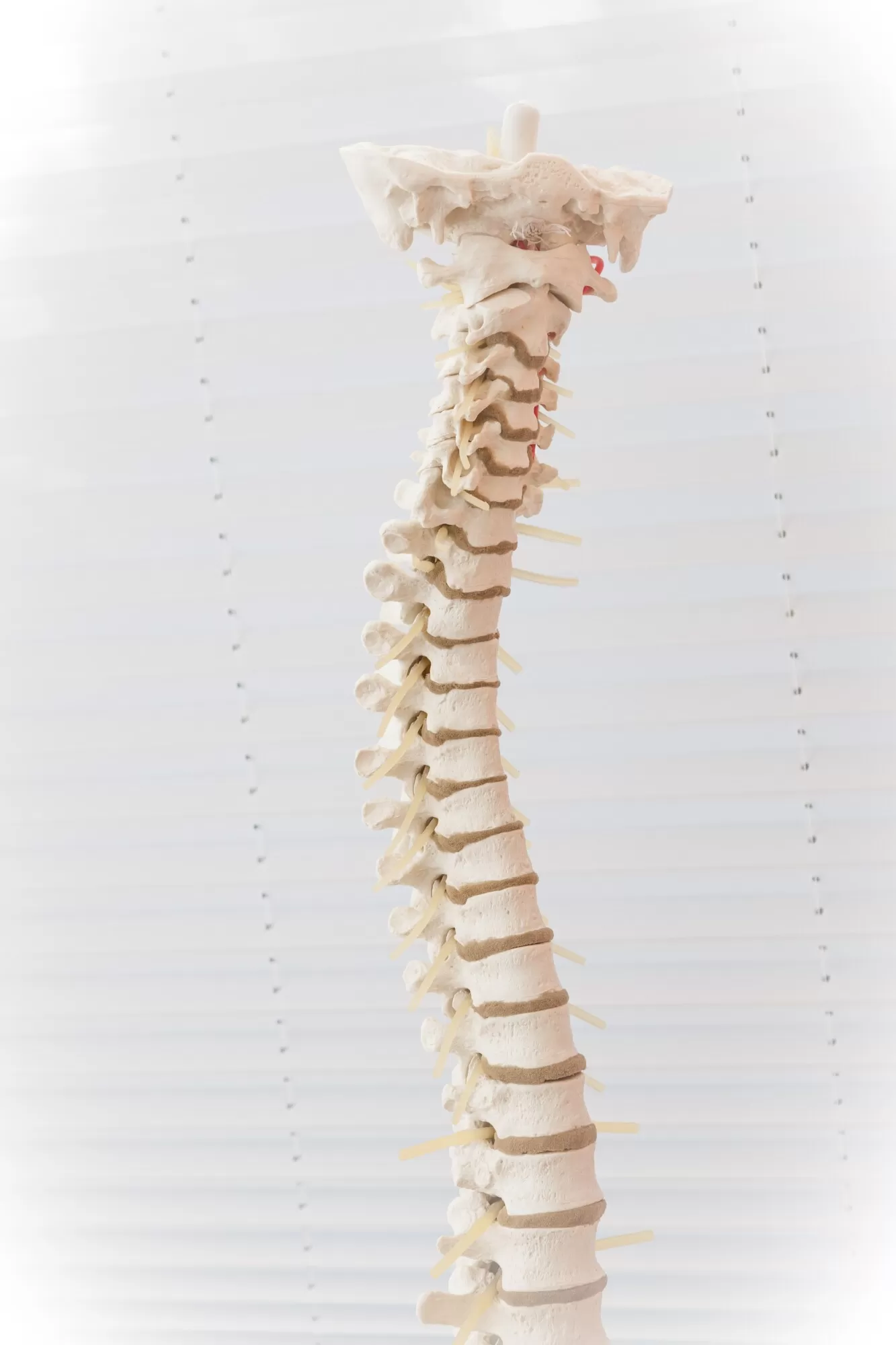

According to the CDC, approximately 1,400 infants in the U.S. are born with spina bifida each year. It is the most common birth defect affecting the central nervous system.
Being told you have (or are going to have) a spina bifida baby can be frightening, especially if you’ve never heard of the condition. You may not be sure how this birth defect will affect your child.
Each baby with spina bifida at birth is different. As they grow, spina bifida may have an effect on their mobility and on their cognitive development.
A parent who has a child diagnosed with spina bifida should be armed with as much information as they can get. Knowing what to expect can be a tremendous help.
Keep reading to find out more about spina bifida and the implications of this condition on your baby.
Though there are some risk factors associated with the development of spinal bifida, doctors are unsure about what causes this spine condition.
Spina bifida (meaning “split spine” in Latin) is a neural tube defect. The neural tube is the group of cells that make up the brain, spinal cord, and all the tissues surrounding them.
A baby with spina bifida has a neural tube that has not formed or closed properly. This causes problems with both the spinal cord and the backbone that should grow around it for protection.
A diagnosis of spina bifidia can take place before or after birth.
This is the mildest form of spina bifida. In this type, there is a small gap between one or more vertebrae (bones of the spine). There is no opening on the back of a baby with this type of spina bifida.
This type of spina bifida does not usually result in a disabling condition.
This type of spina bifida is rare. This happens when a sac containing spinal fluid pushes through an opening in the spine. Nerves are not affected and the spinal cord is where it should be.
A baby born with this type of spina bifida may have minor issues with some bodily functions, particularly with their bladder and/or bowels.
Babies with spina bifida occulta often don’t need any treatment. Babies with either of the other two types may need specialized care from a team of healthcare professionals.
If there is a sac outside the body, a surgeon can place the material inside and close up the opening. If the baby presents with hydrocephalus (water on the brain), a shunt can be placed to relieve pressure on the brain. These surgeries can be done within 24 to 48 hours of birth.
Once the immediate needs are met, the healthcare team will discuss ongoing treatment options.
If you have questions following the birth of a baby with this or other birth defects, learn more here.
A spina bifida baby may have mobility issues which require work with a physical therapist and/or developmental issues requiring work with an occupational therapist. As they grow older, independence may come with the use of a wheelchair or other mobility device.
While some babies with more severe spina bifida may experience serious complications, most infants with spina bifida grow to live happy, productive lives. If your baby has been born with spina bifida, there are many resources for you to turn to—ask your healthcare team for suggestions.
If you’ve found this article helpful, be sure to check out other health-related blog posts on our site.
Levitra, a widely recognized medication for treating erectile dysfunction (ED), has proven to be a…
Have you ever looked down at your carpet and wondered if there’s a budget-friendly way…
Counter-Strike 2 (CS2) has elevated the thrill of case openings, captivating both seasoned CS:GO veterans…
Trying to sell a car online should be simple, but sometimes buyers lose interest fast.…
In the hustle and bustle of modern life, finding moments of quiet solace can feel…
You have probably heard on the importance of socializing dog after getting a puppy. It…